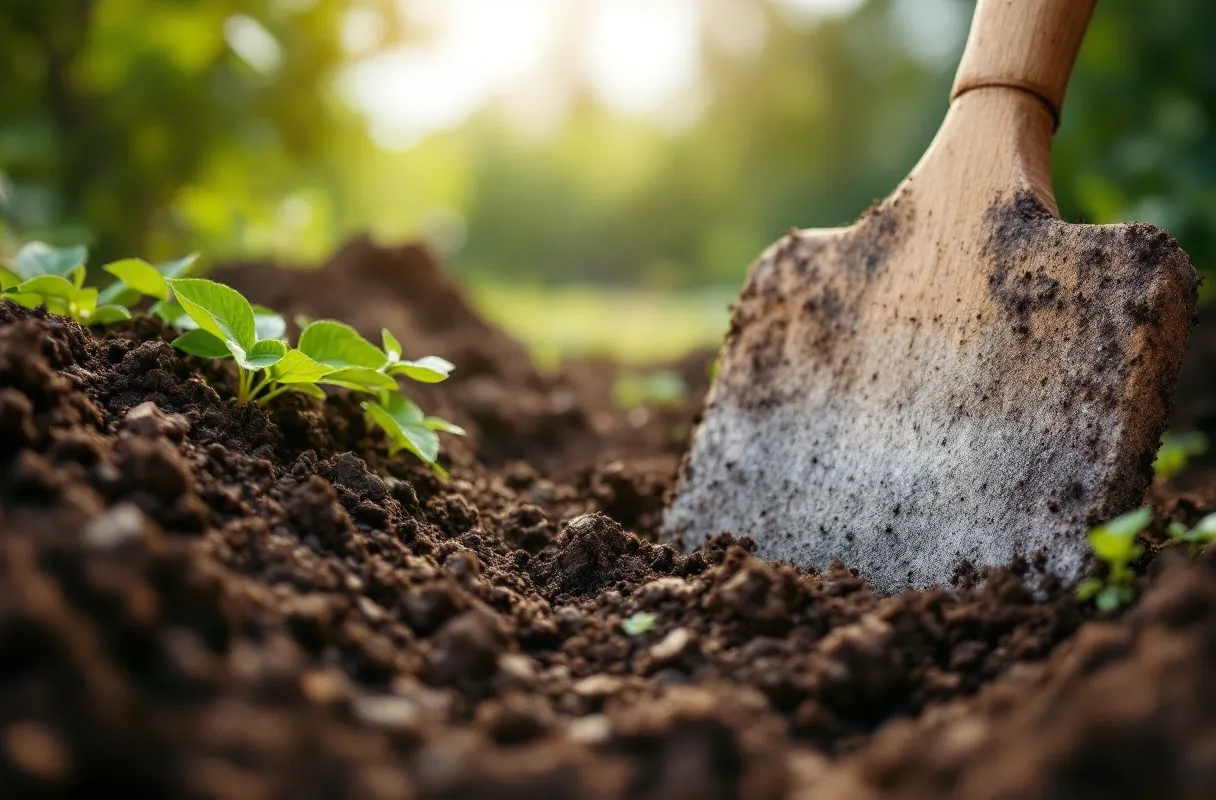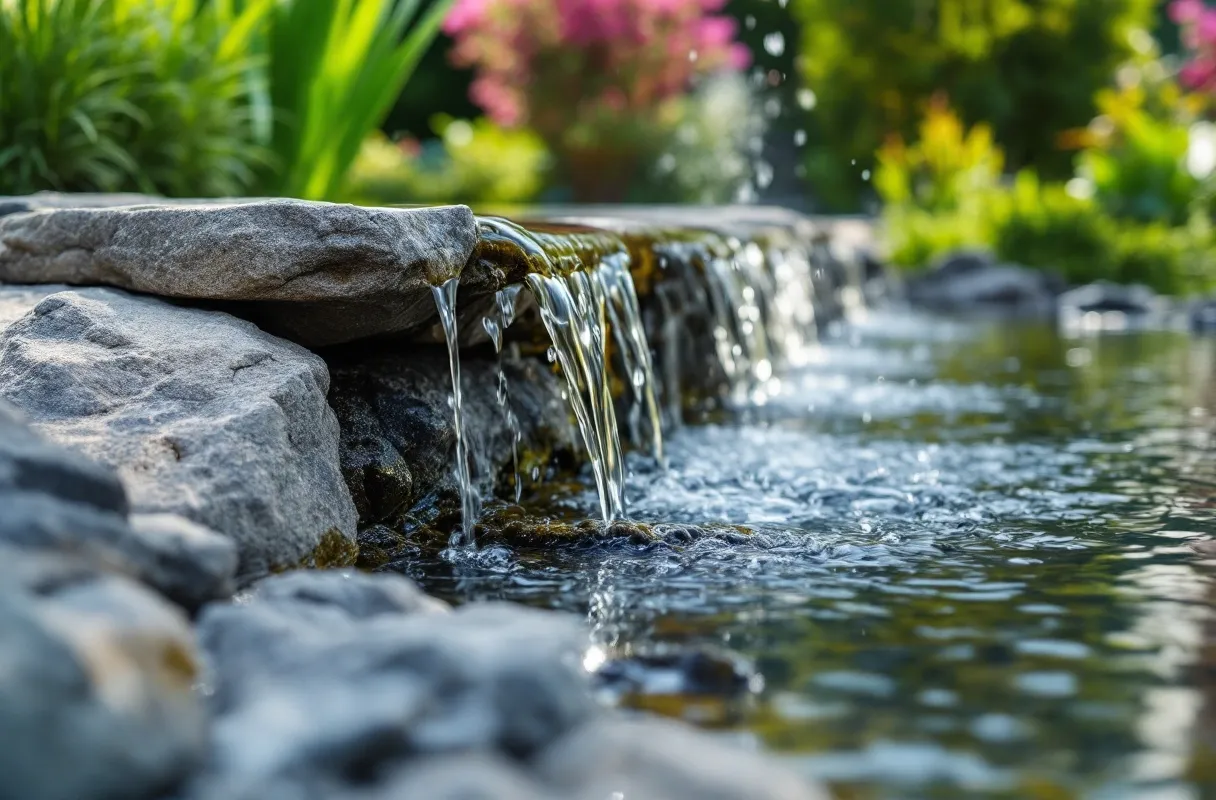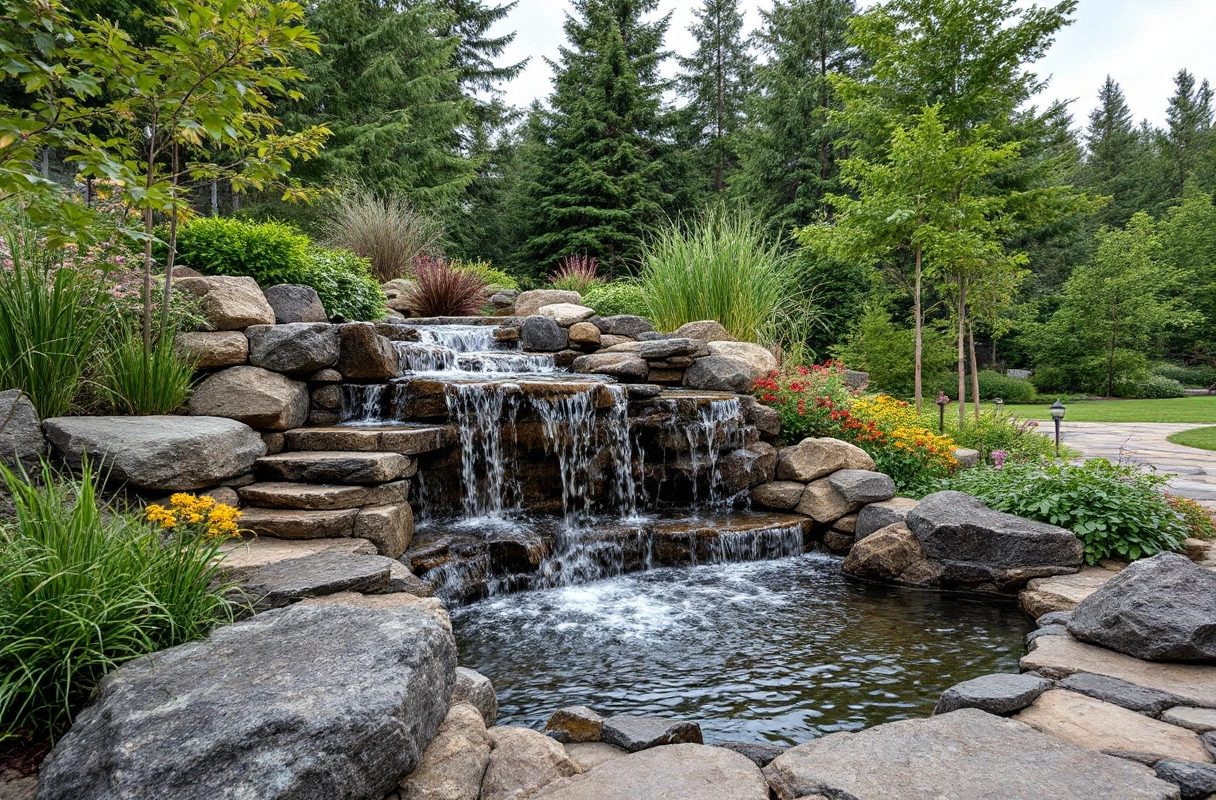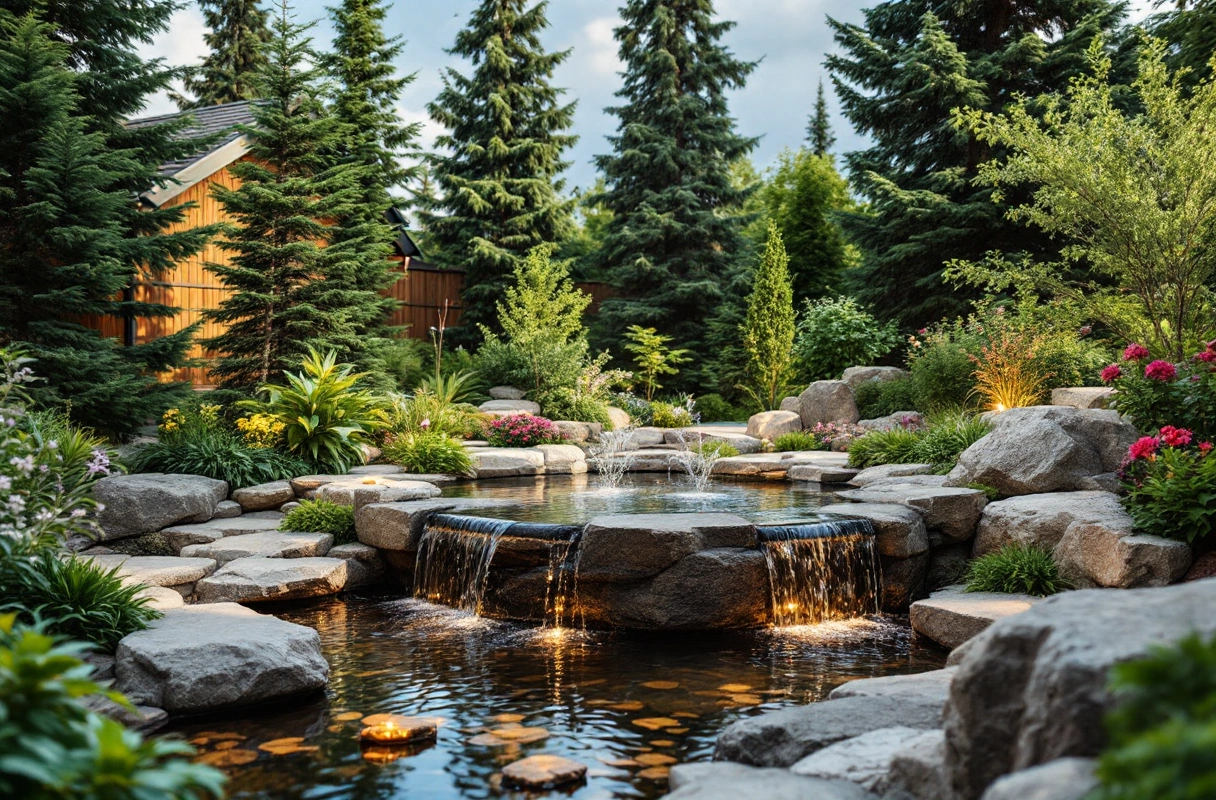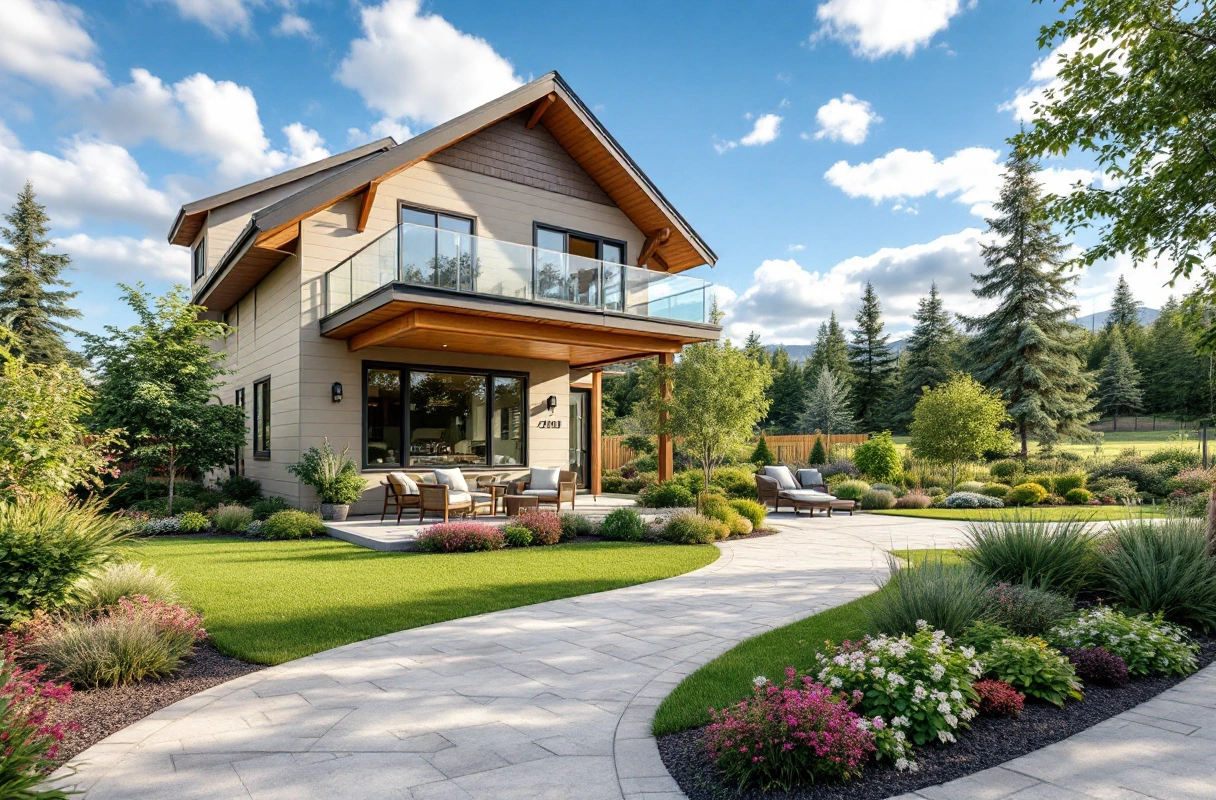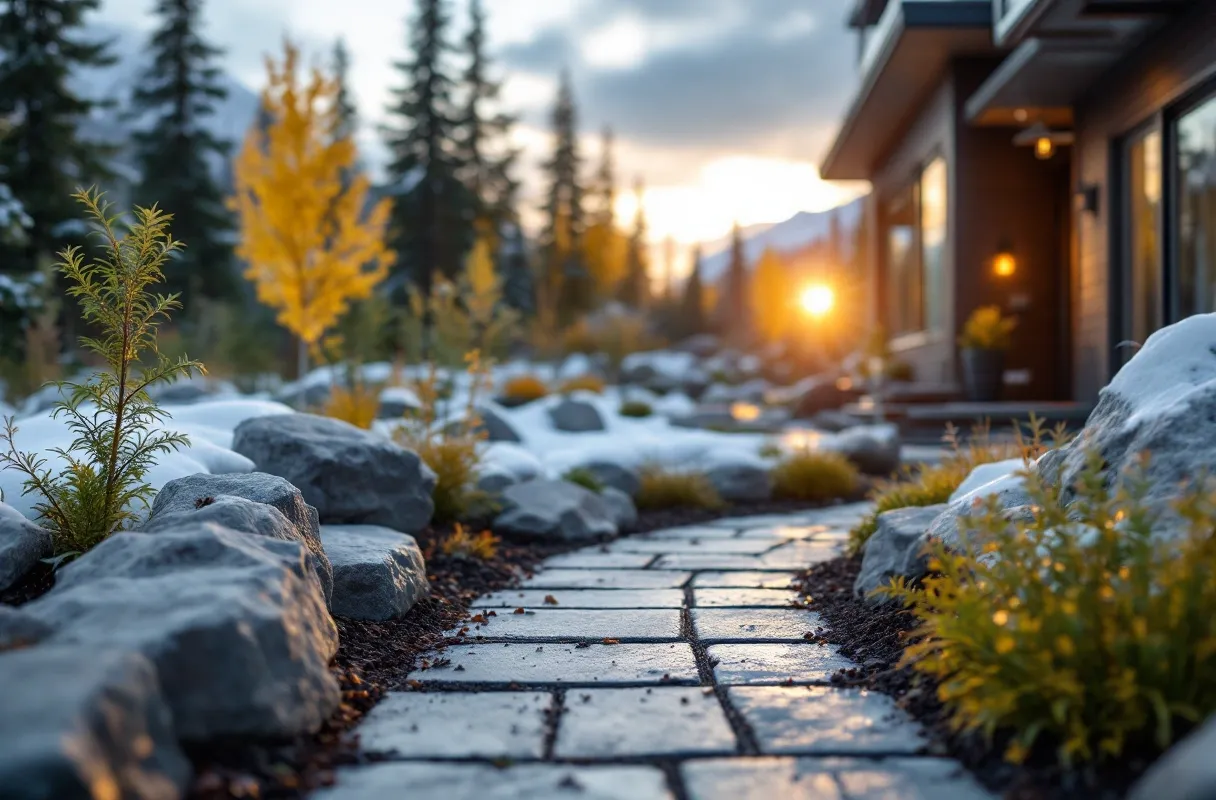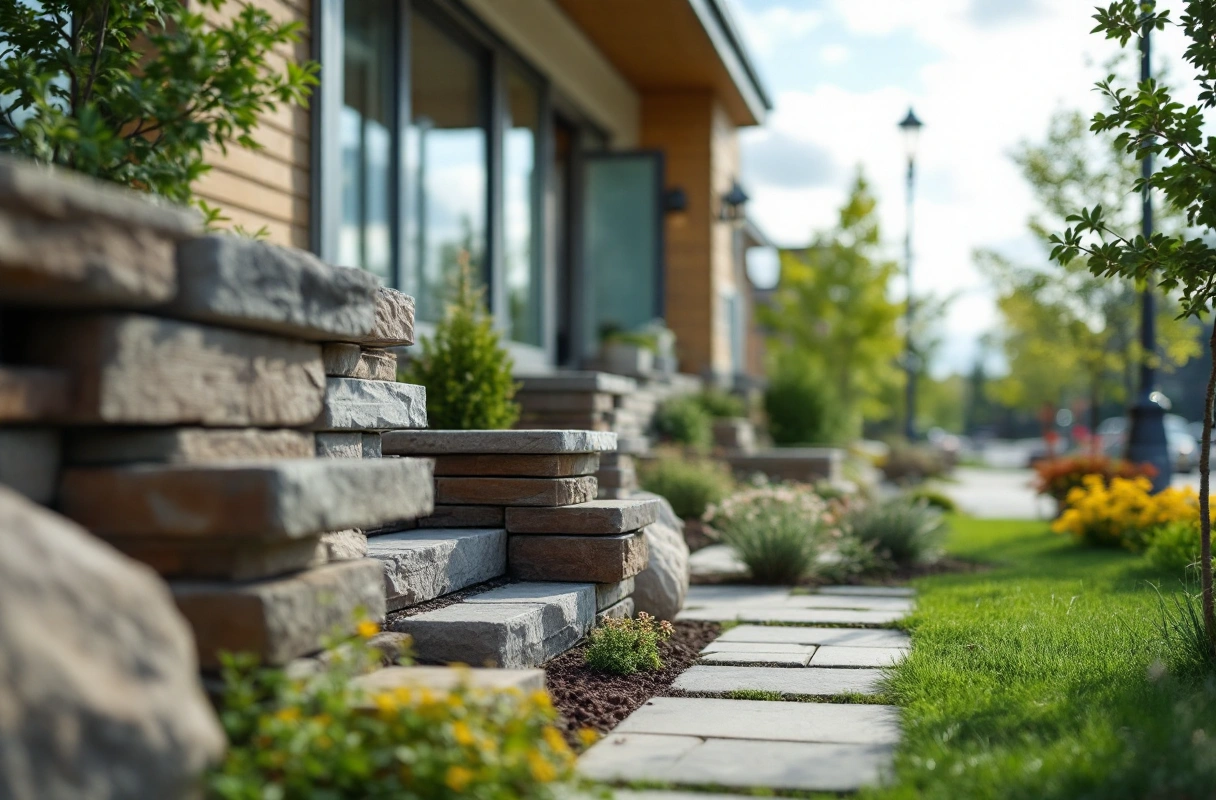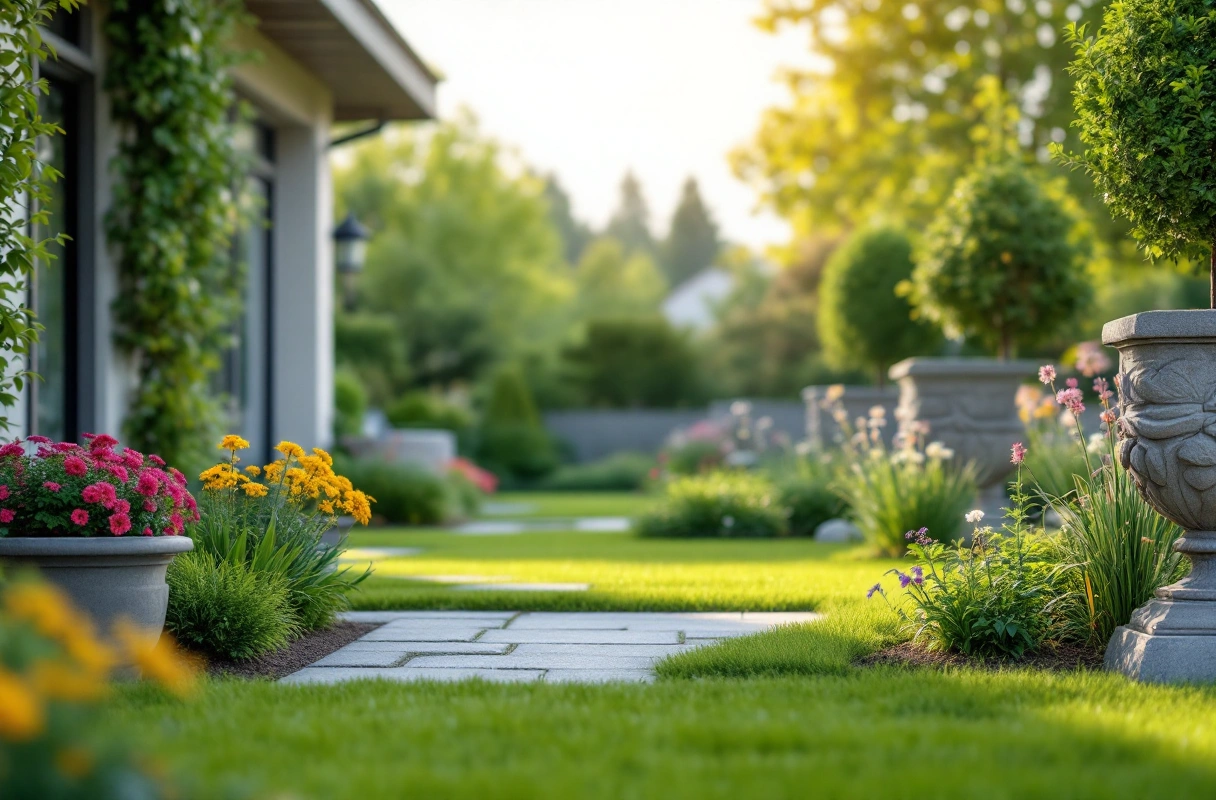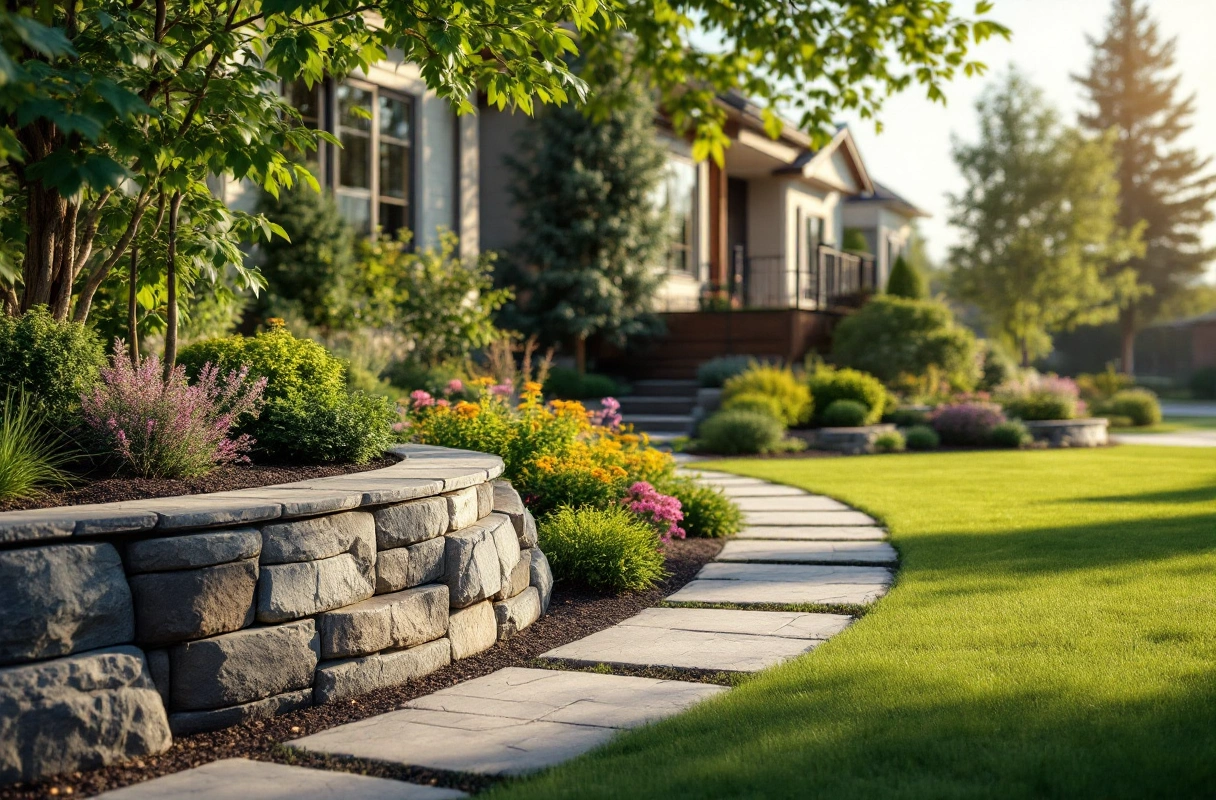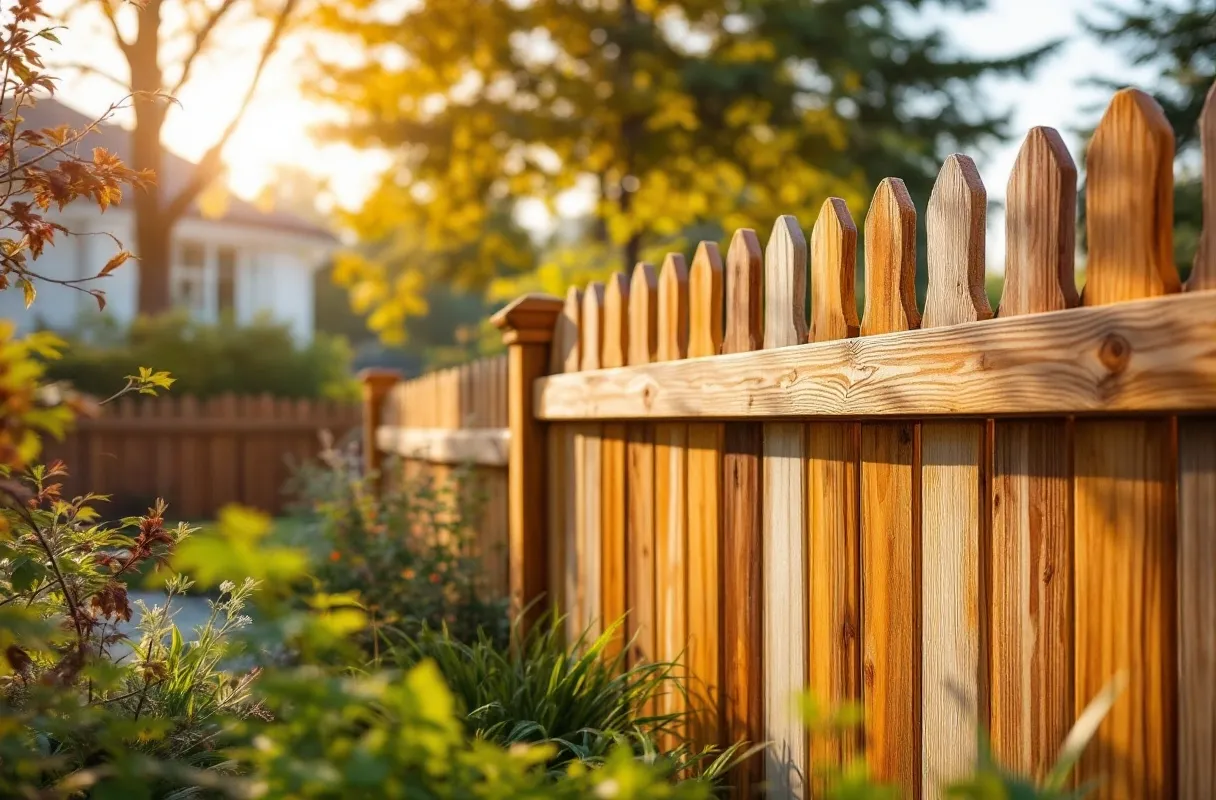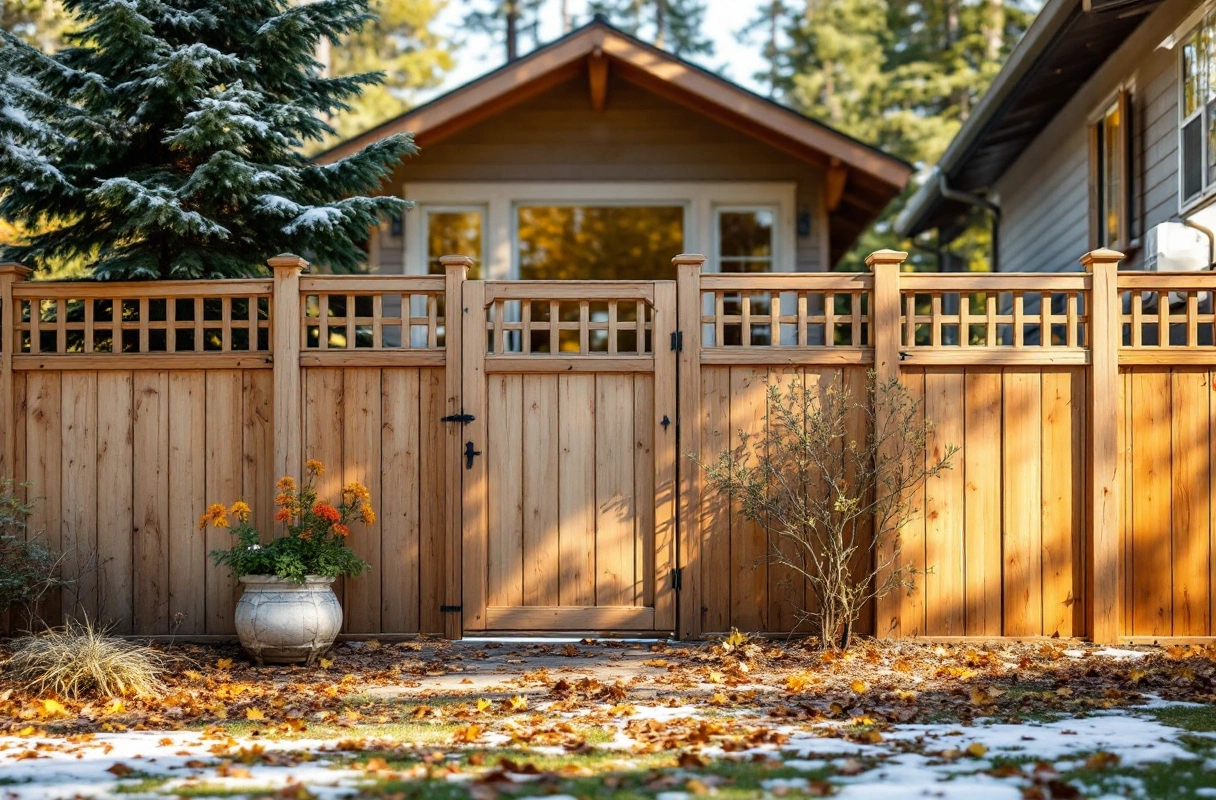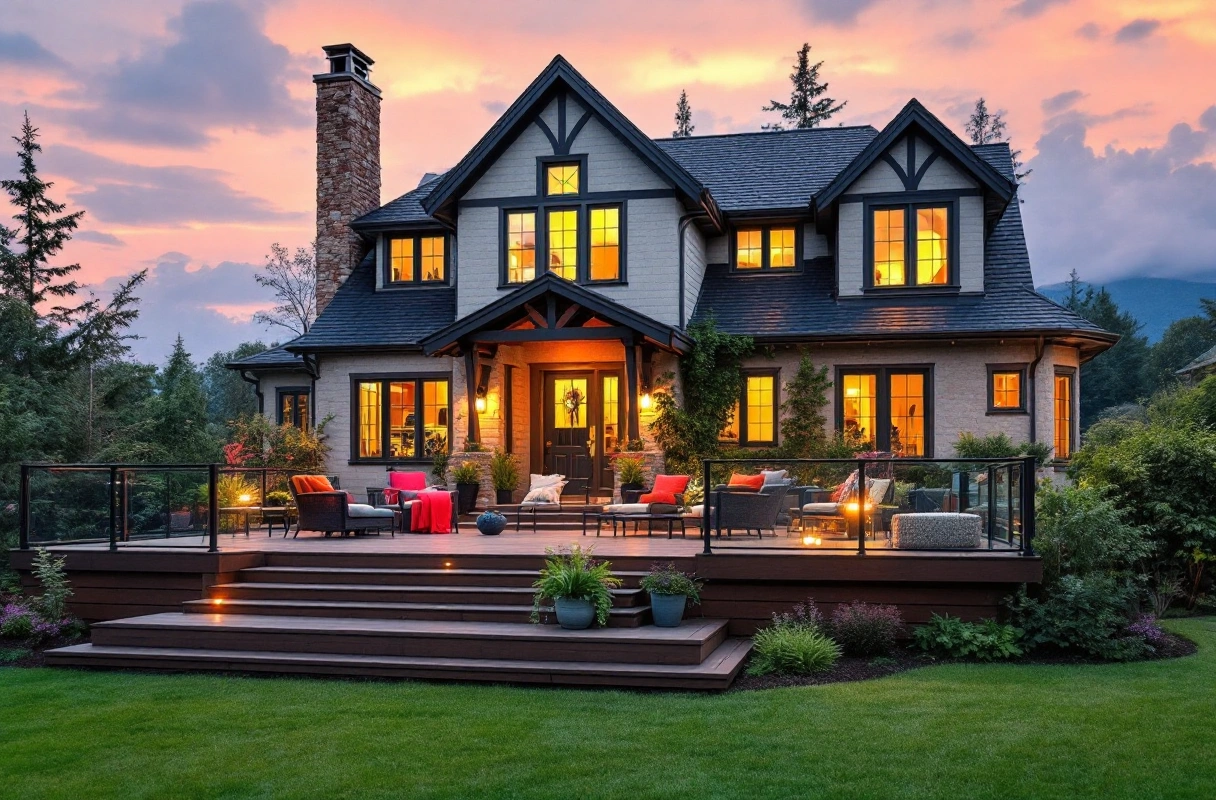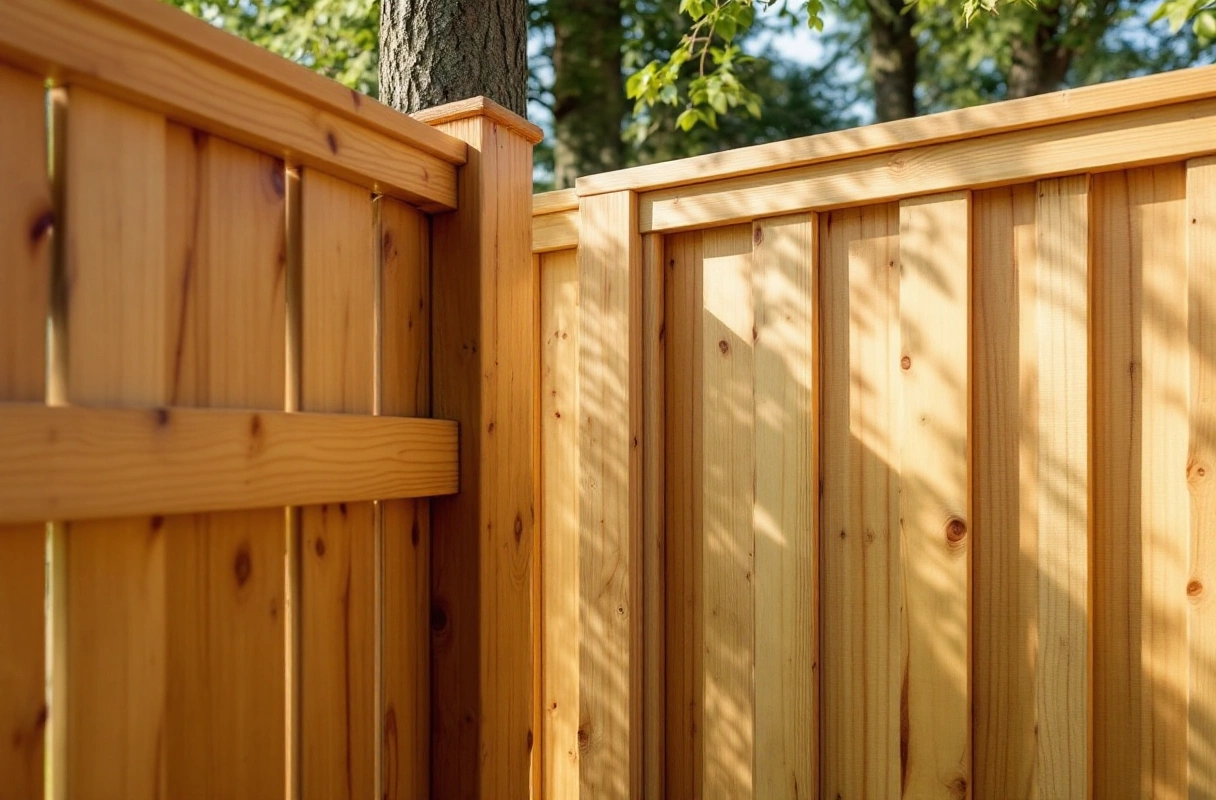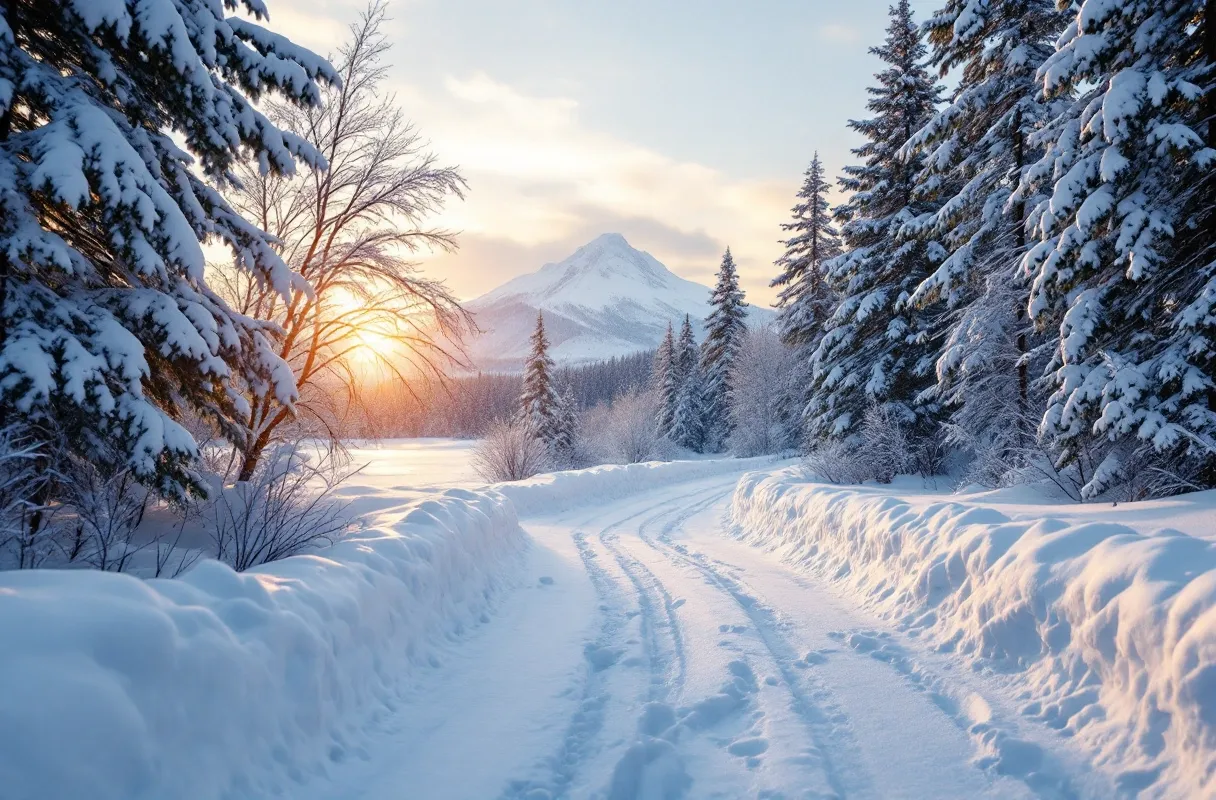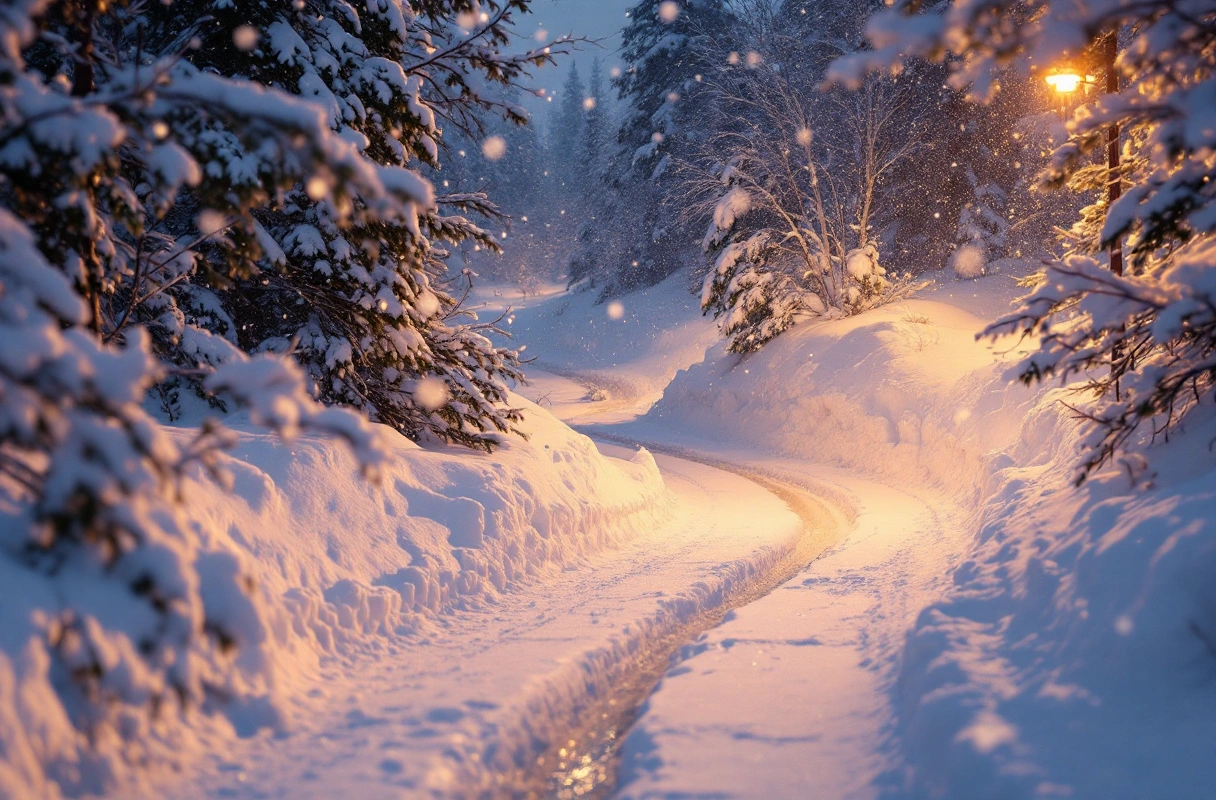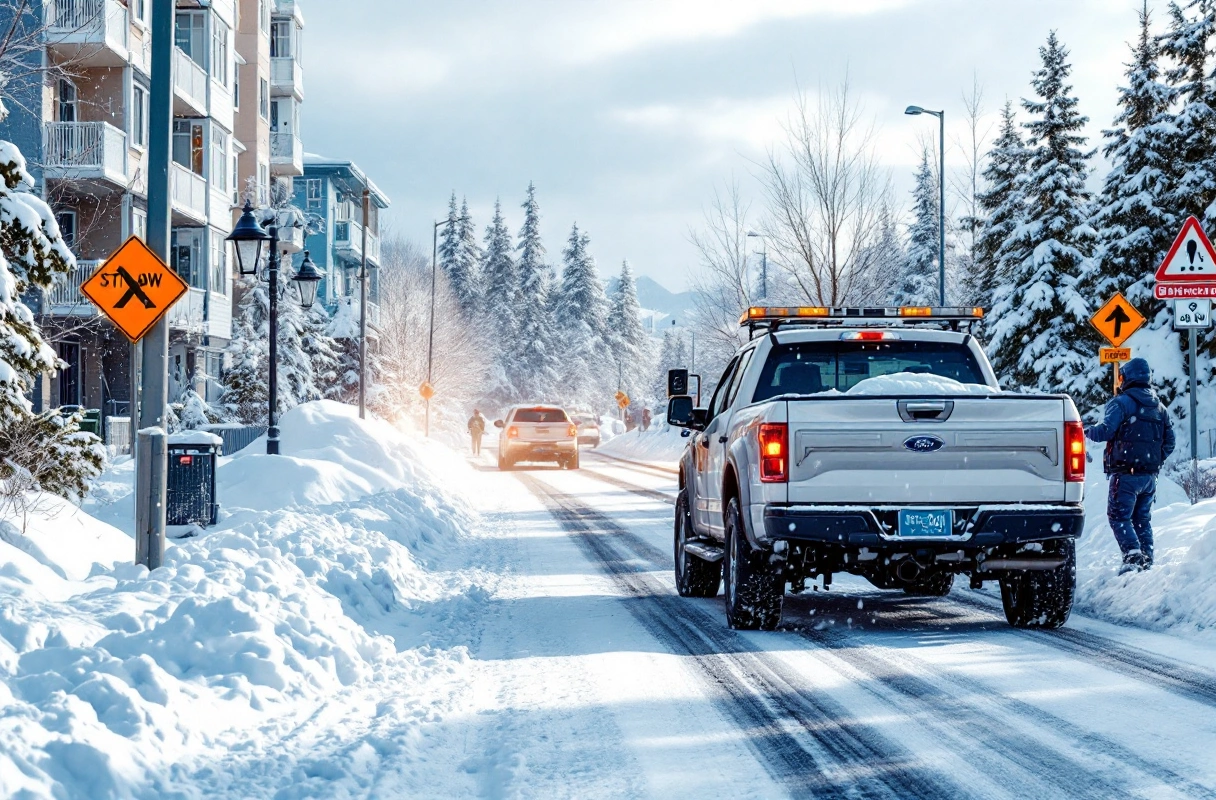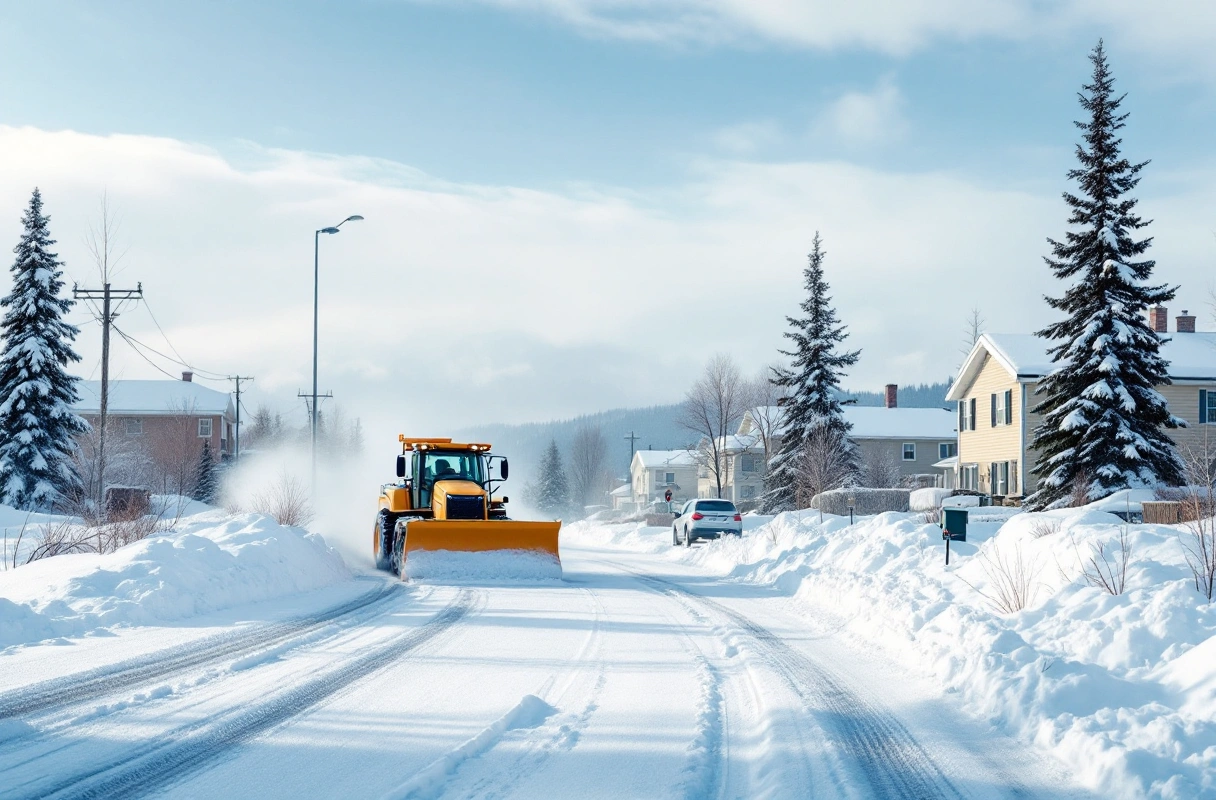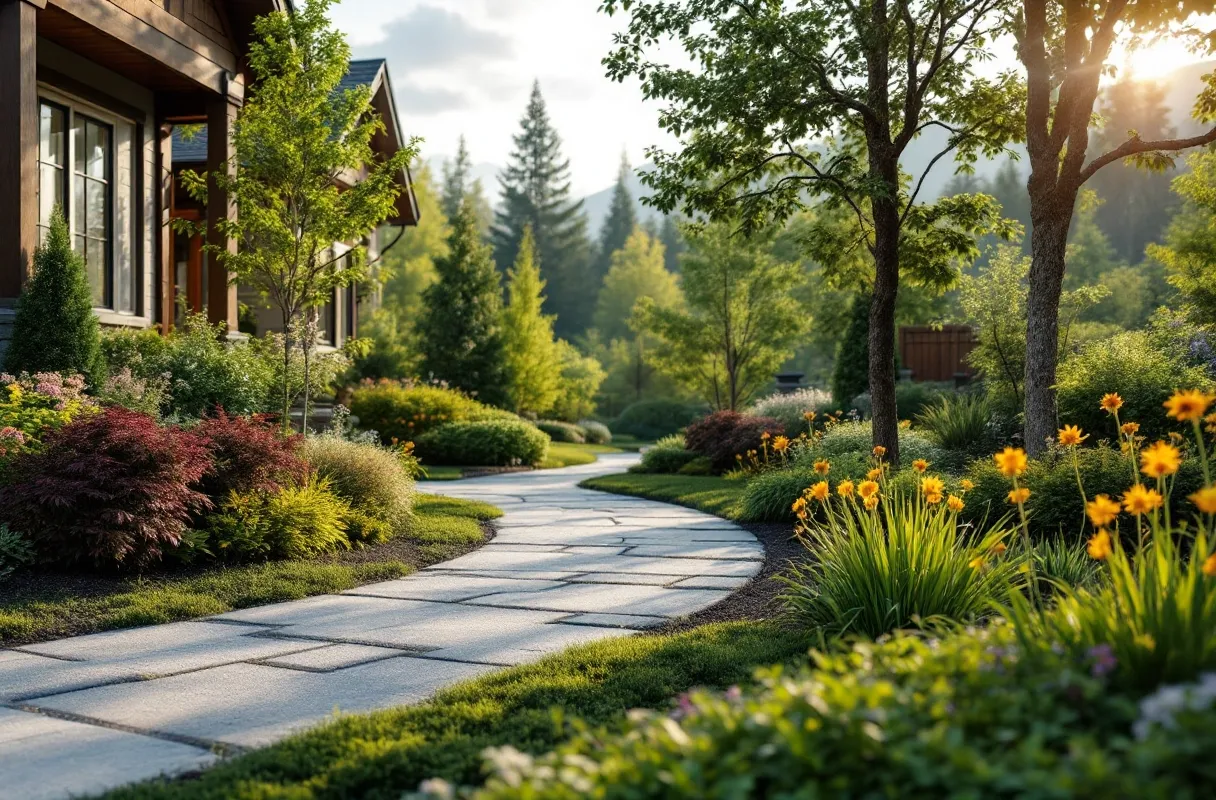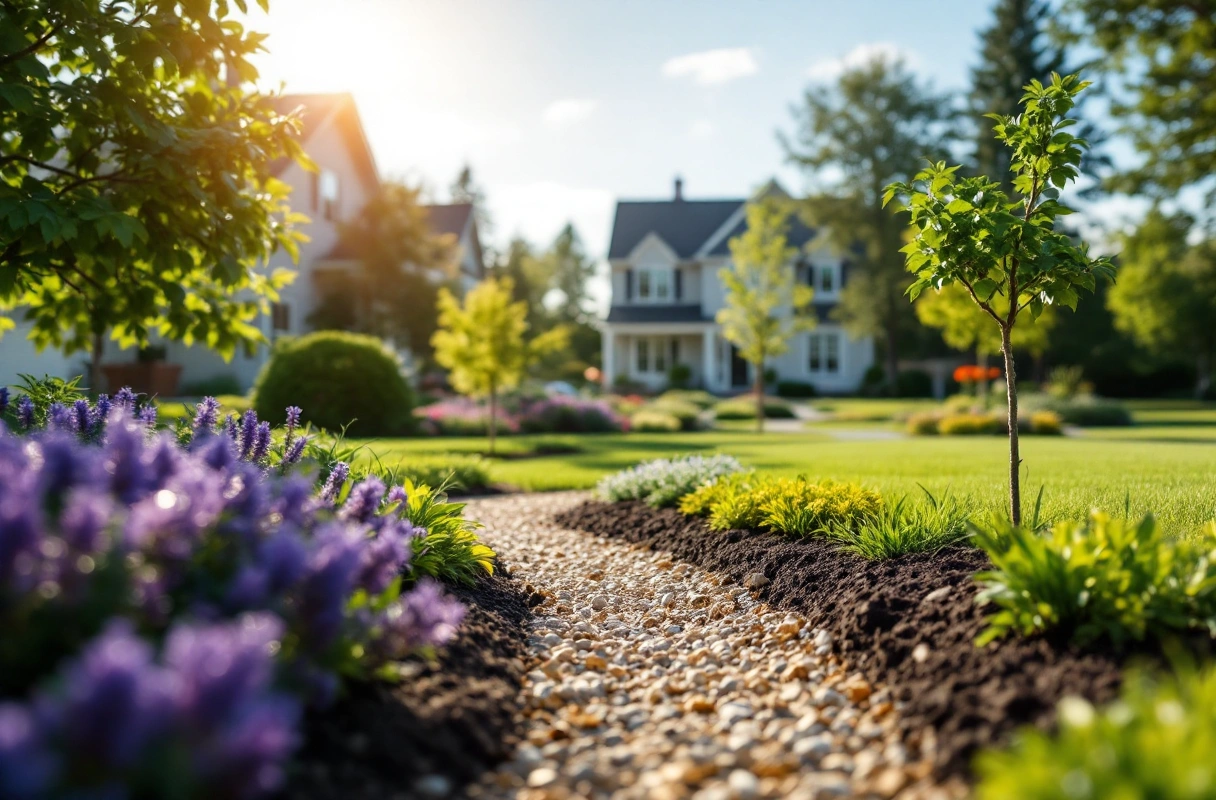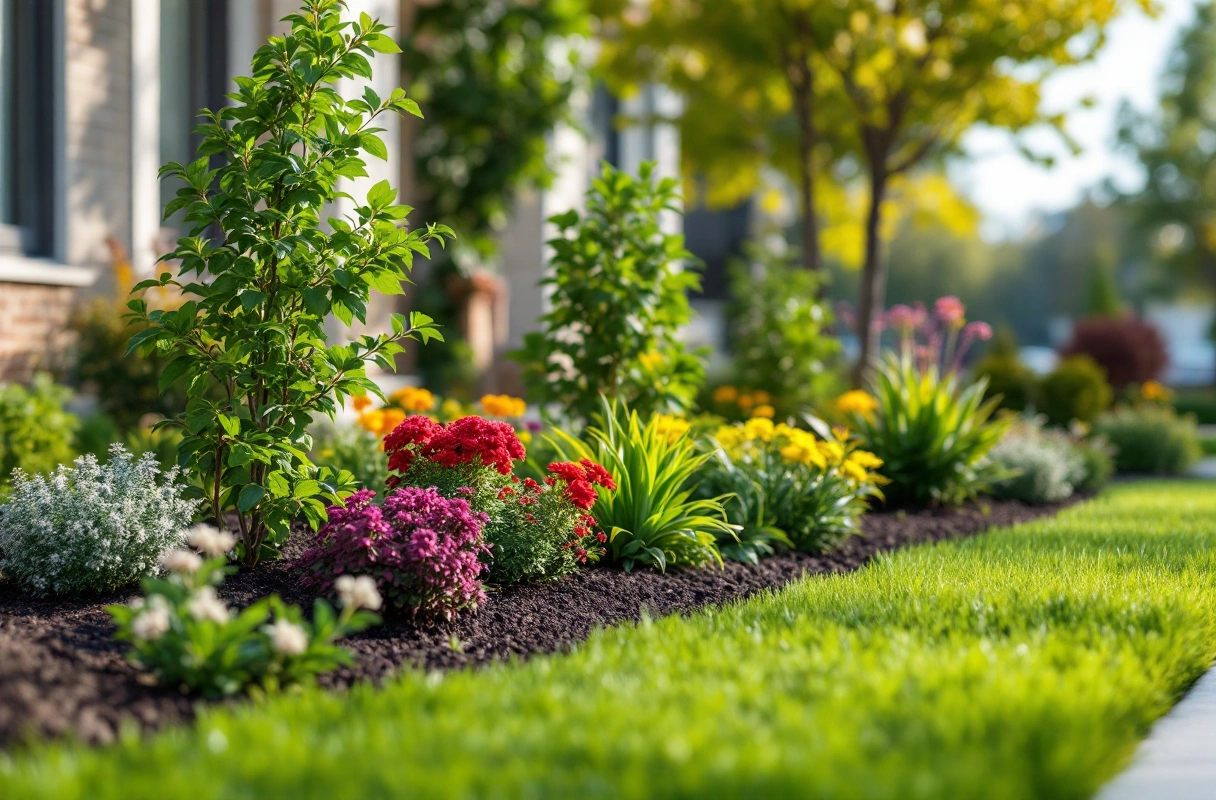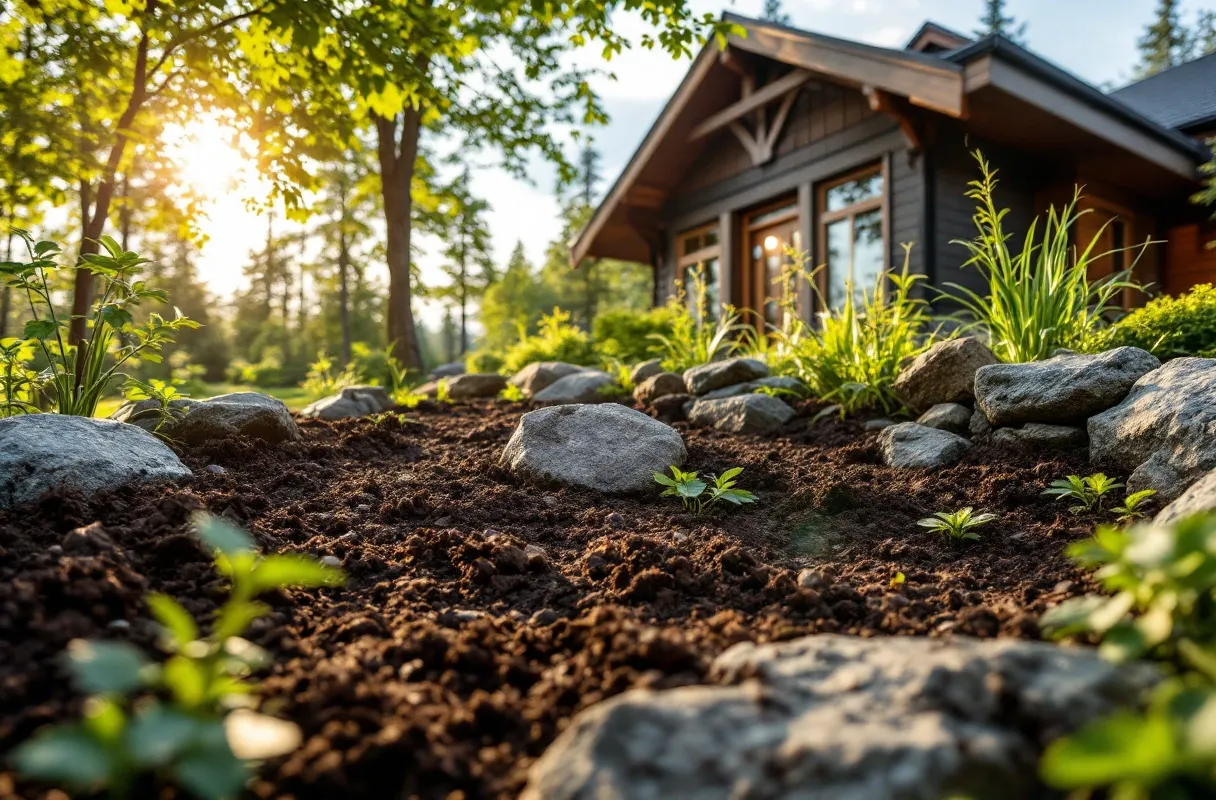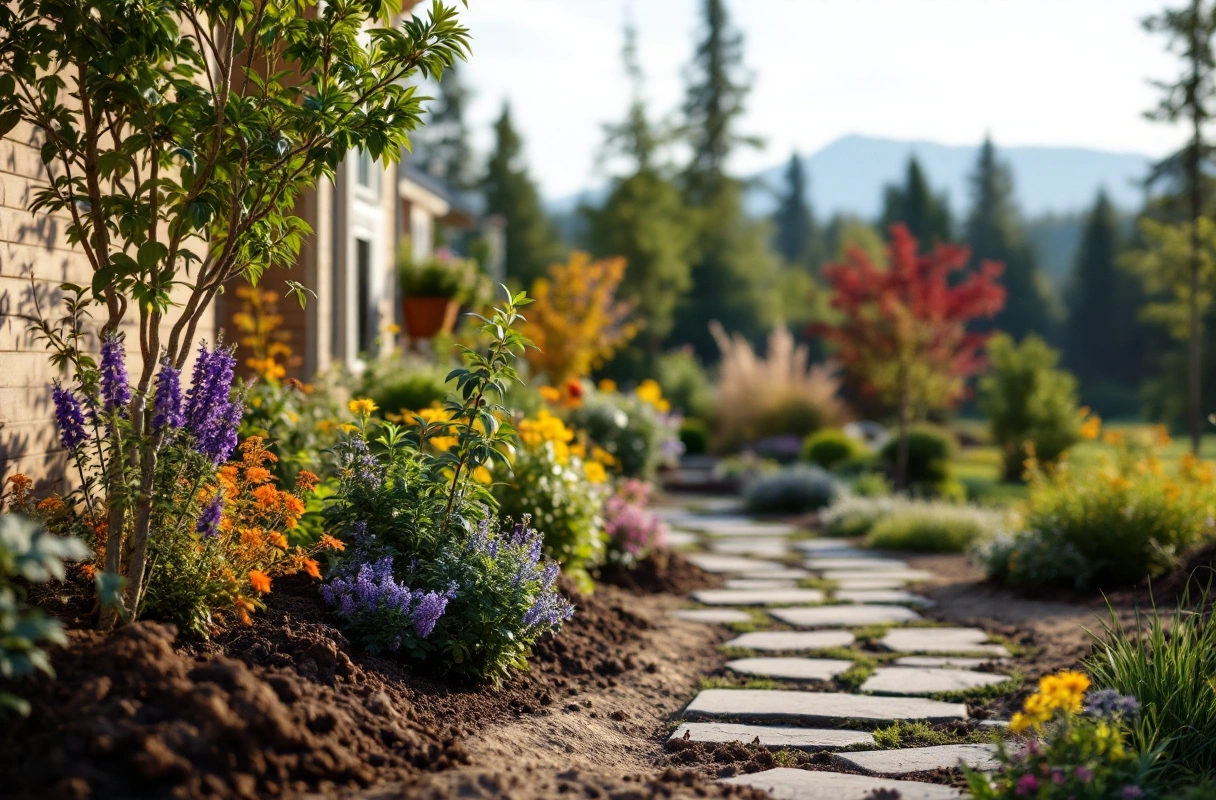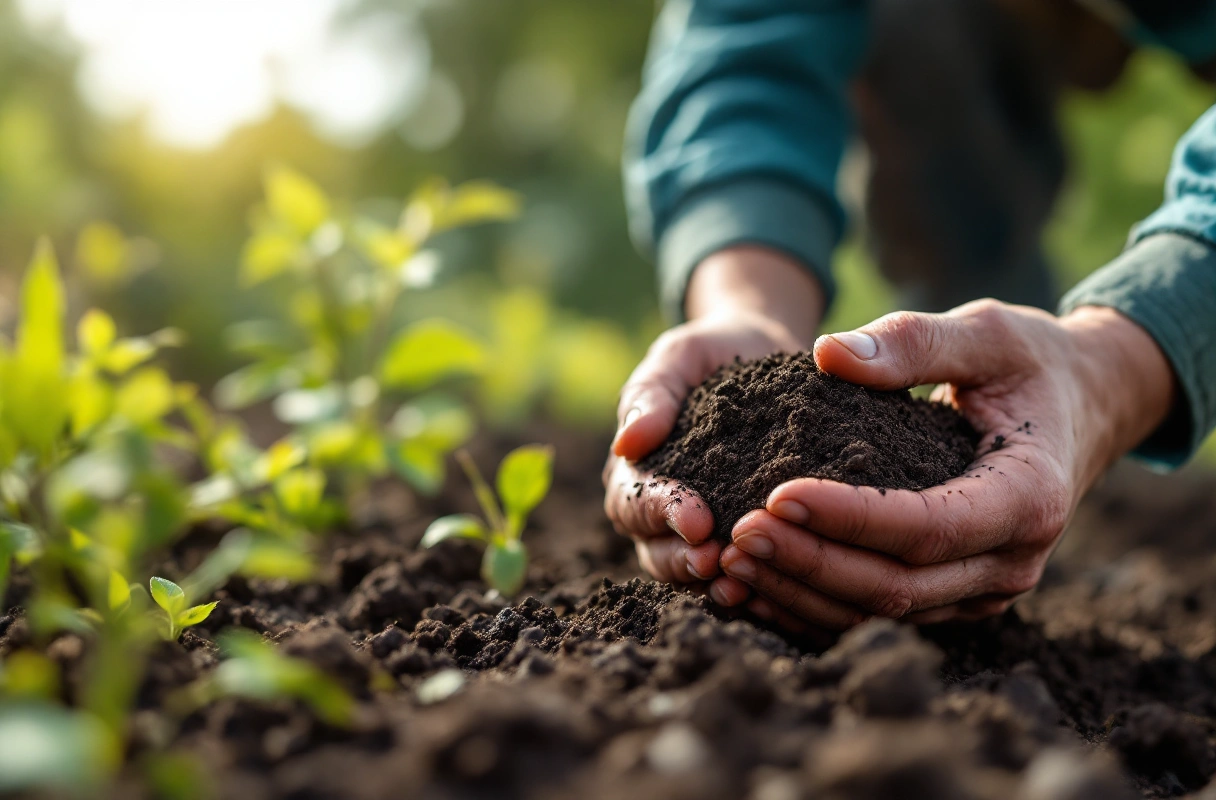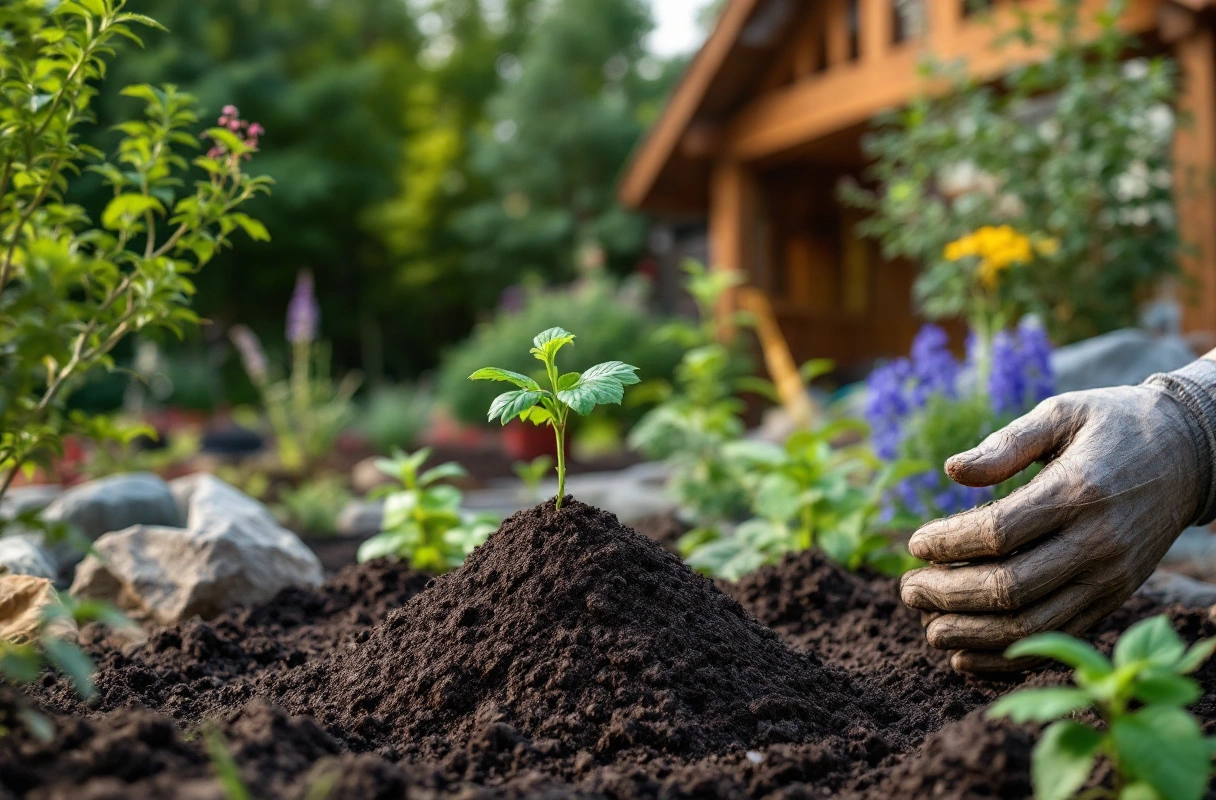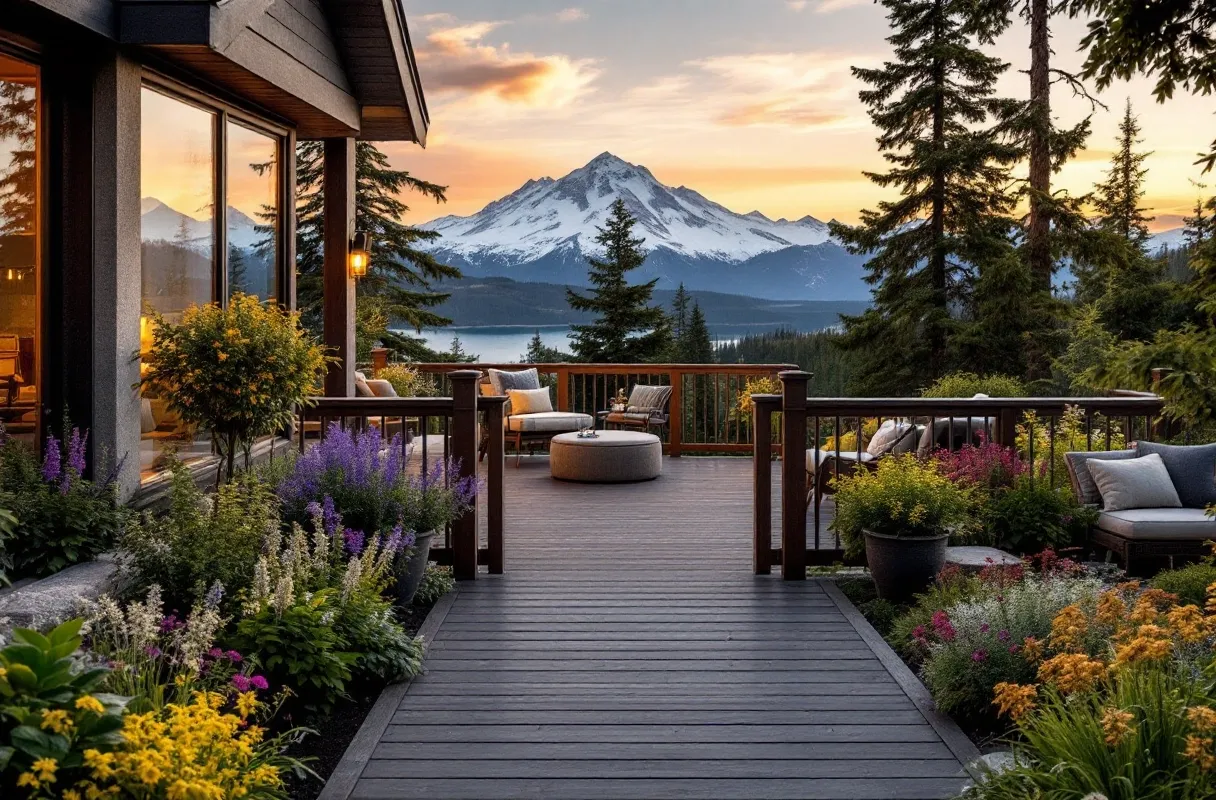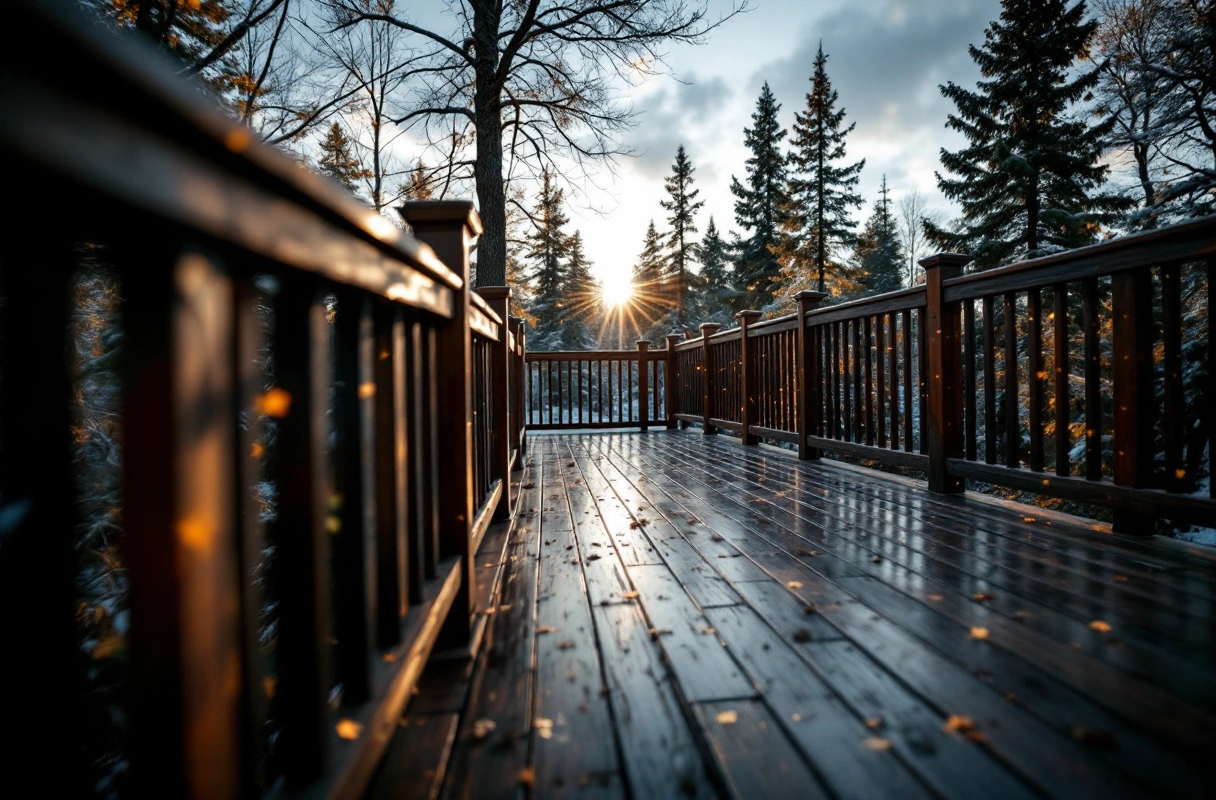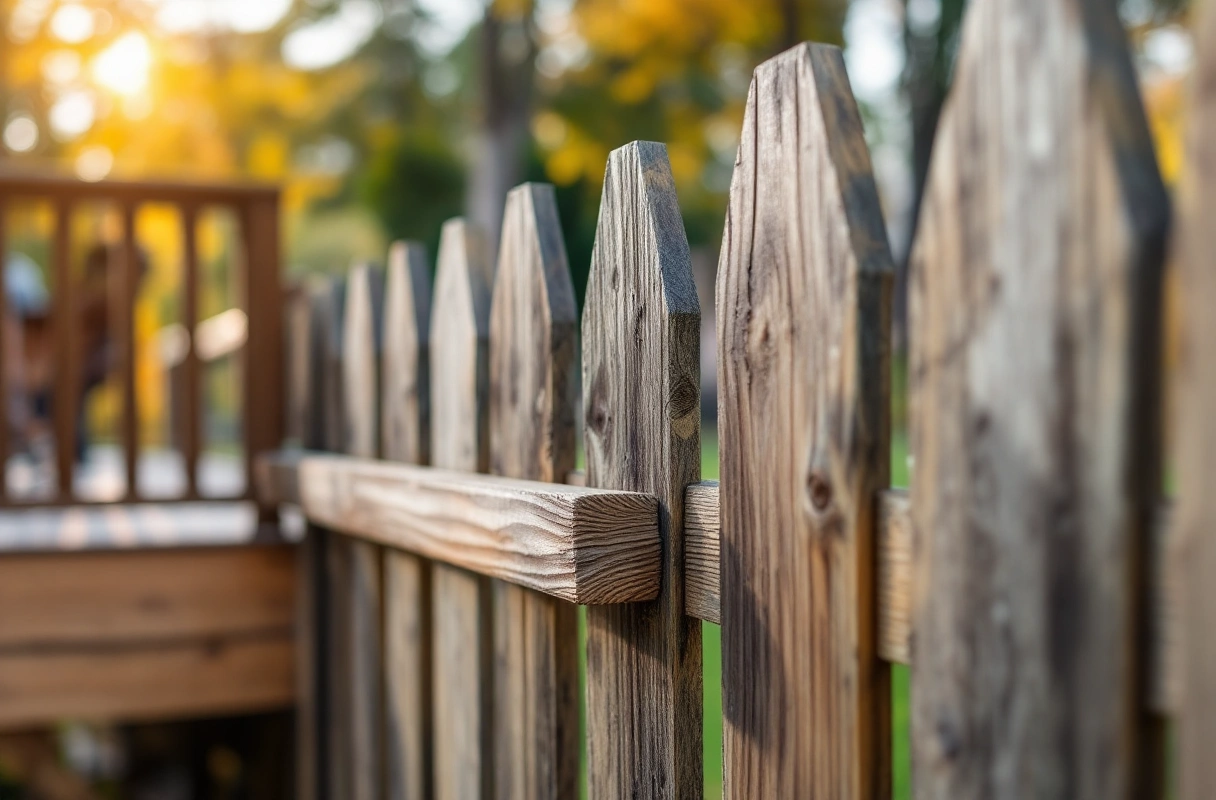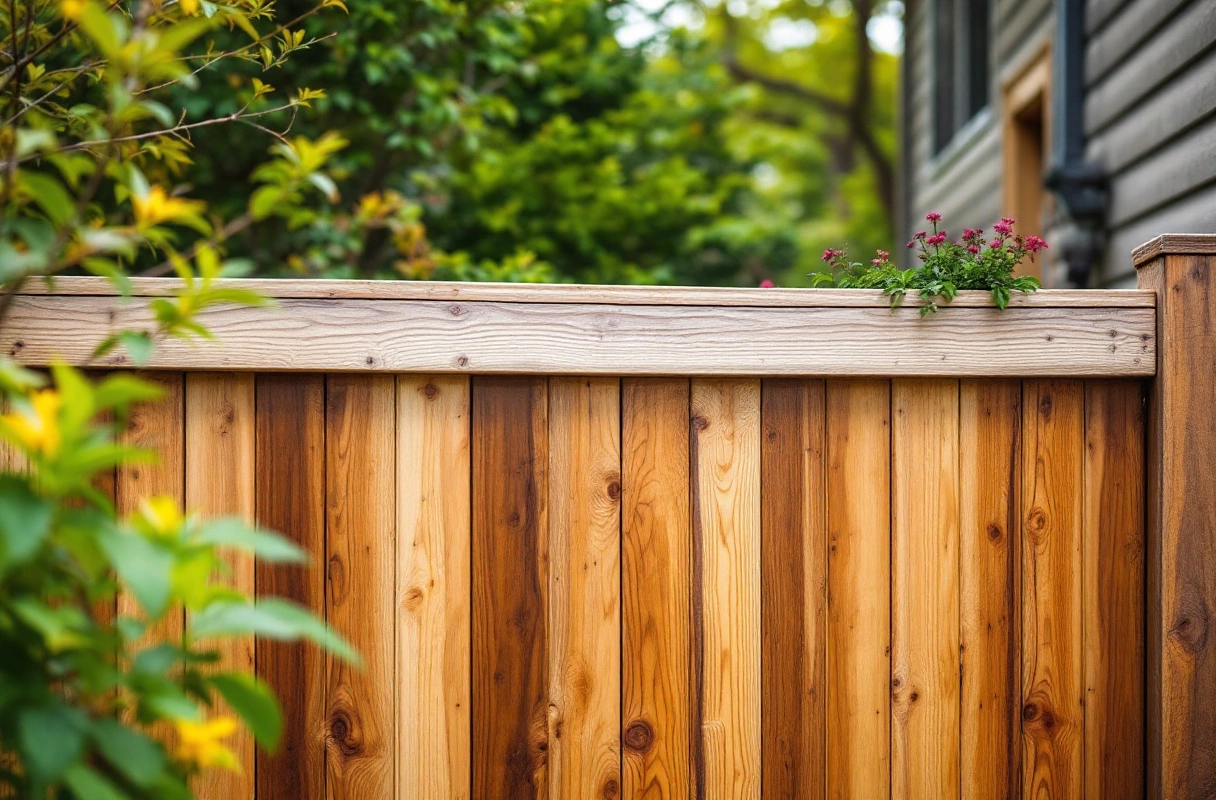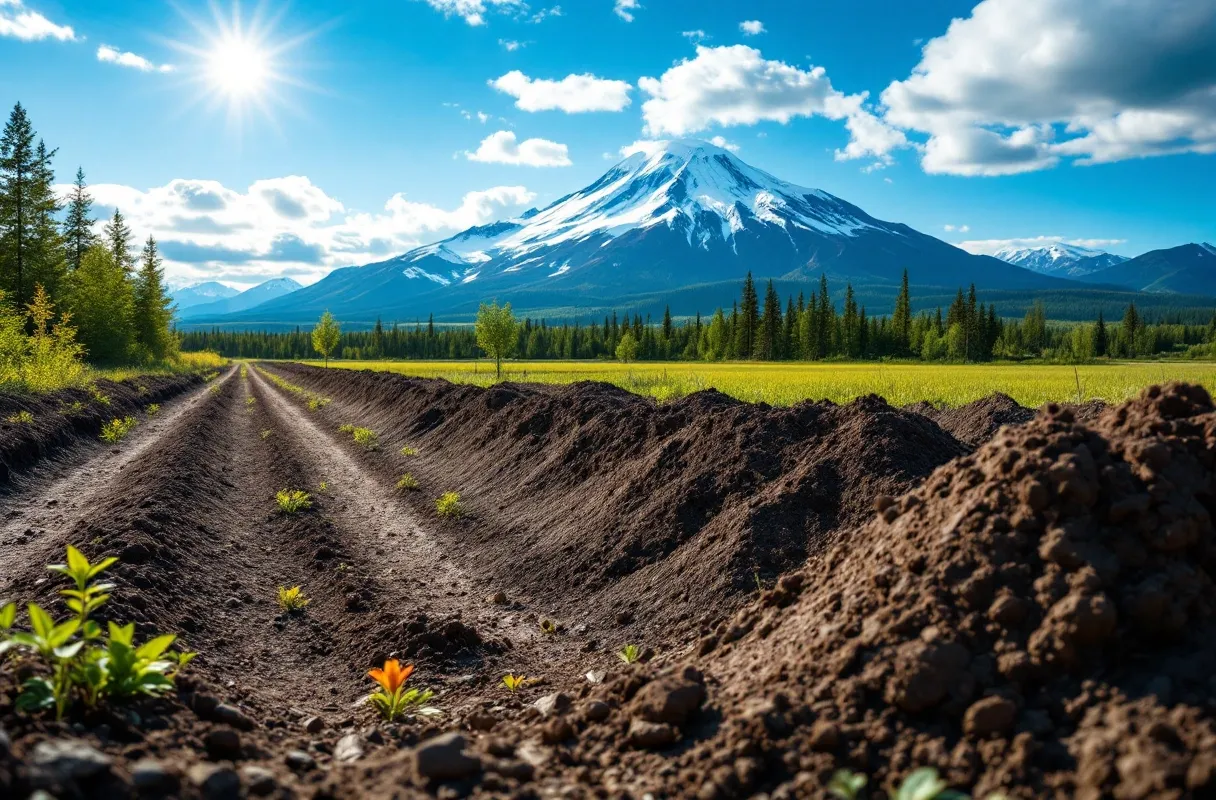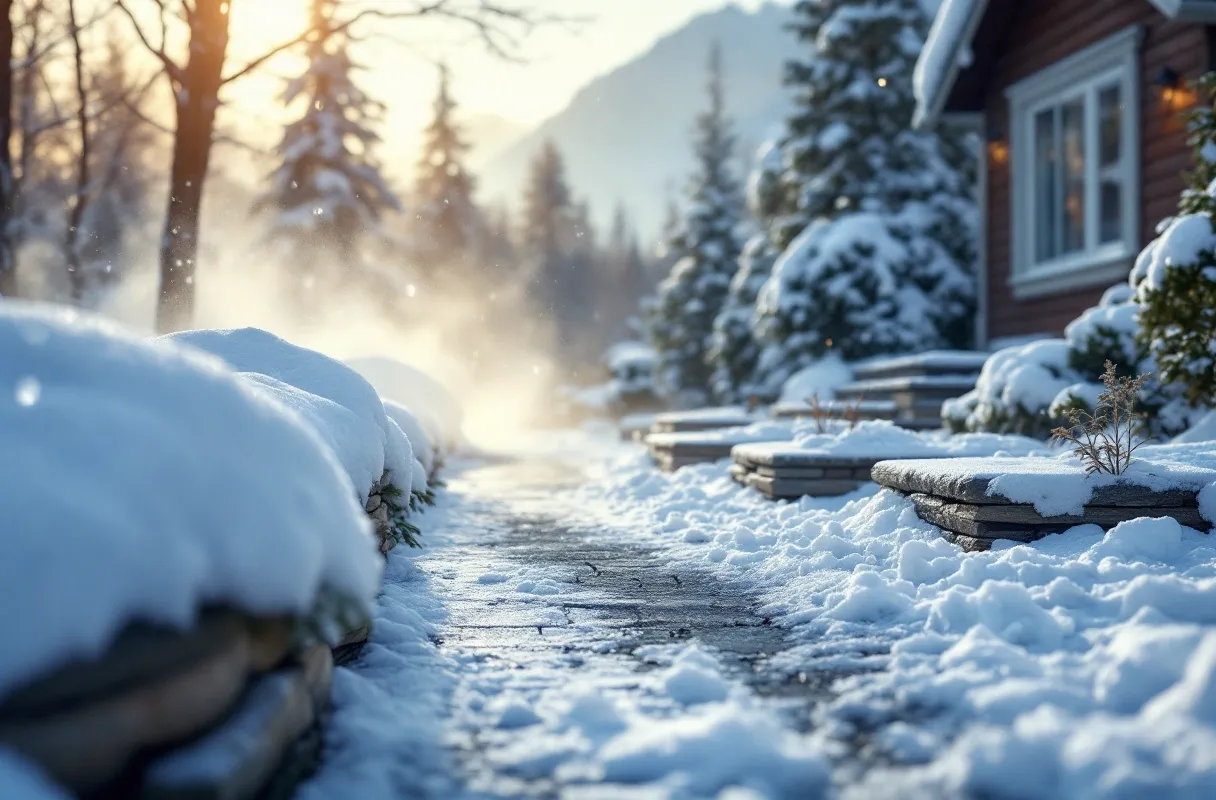The Importance of Quality Soil Preparation in Landscaping Projects
Landscaping is a crucial aspect of property maintenance and aesthetics, particularly in regions like Anchorage, where the climate can pose unique challenges. One of the most fundamental yet often overlooked components of a successful landscaping project is soil preparation. Quality soil preparation not only lays the groundwork for the health and growth of plants but also significantly impacts the overall success of residential landscape projects and topsoil services in Anchorage.
When homeowners and landscape professionals prioritize soil quality, they create a thriving environment for greenery, which enhances the visual appeal and value of the property. This article will provide an in-depth understanding of soil preparation techniques, their importance in landscaping, and actionable insights for homeowners considering landscaping projects.
Understanding Soil Composition and Its Role

Soil is a complex mixture of organic matter, minerals, gases, liquids, and countless organisms that support life. The composition of soil can vary widely based on location, and understanding this composition is essential for effective soil preparation.
Soil Types and Their Characteristics
Different types of soil have distinct characteristics that influence plant growth. Here are the primary types:
-
Clay Soil: Retains moisture but drains poorly. It can become compacted, limiting root growth.
-
Sandy Soil: Drains quickly and warms up fast in spring, but it does not hold nutrients well.
-
Loamy Soil: A balanced mixture of clay, sand, and silt, loamy soil is ideal for most plants as it retains moisture and nutrients.
-
Silty Soil: Rich in nutrients but can become compacted. It holds water well but is susceptible to erosion.
Understanding these types can guide homeowners in selecting appropriate plants and soil amendments to improve their landscaping projects.
The Importance of Soil pH
Soil pH is a critical factor in plant health. Most plants thrive in a pH range of 6.0 to 7.5. Soil that is too acidic or alkaline can hinder nutrient uptake. Regular soil testing can help determine the pH level, allowing for the appropriate amendments to be made.
The Steps to Effective Soil Preparation
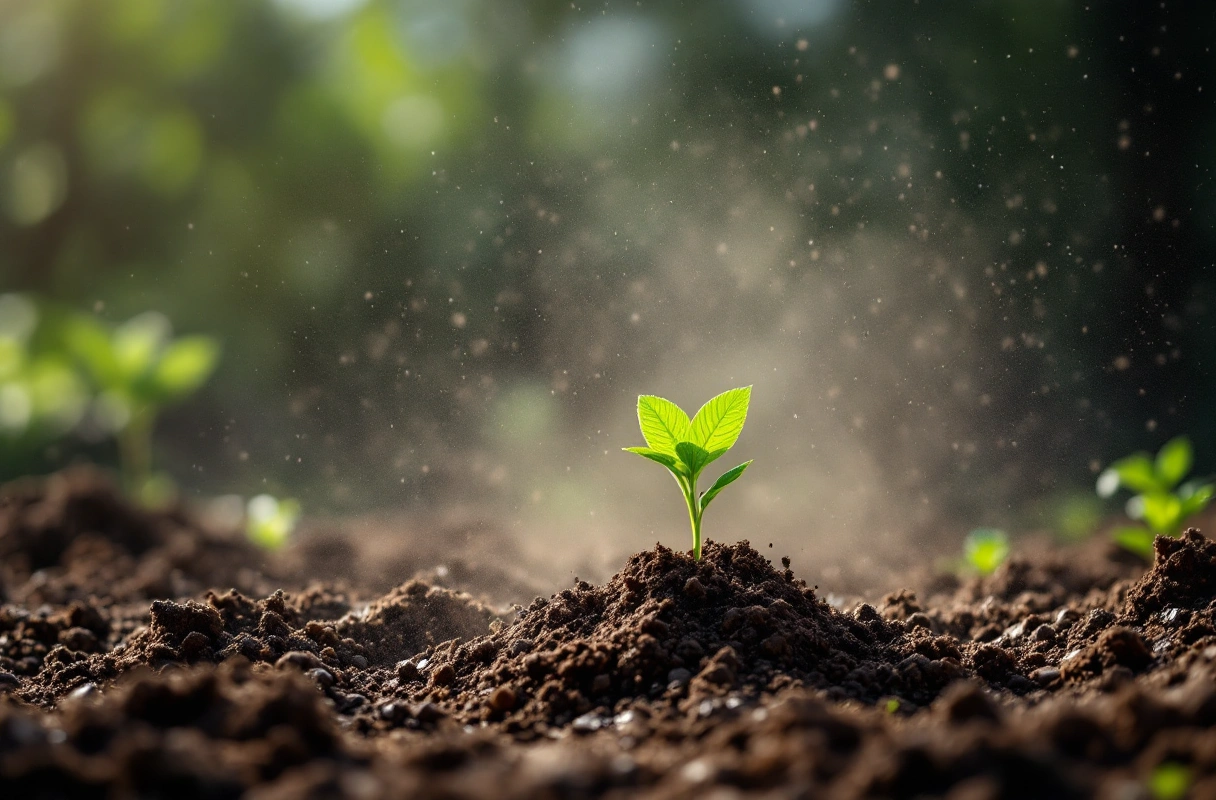
Proper soil preparation involves several key steps that ensure the soil is suitable for planting. Following these essential steps will lead to healthier plants and a more successful landscaping project.
-
Conduct a Soil Test: Assess the nutrient levels and pH to understand what amendments may be necessary.
-
Clear the Area: Remove debris, weeds, and any existing plant material that may hinder new growth.
-
Loosen the Soil: Use a tiller or garden fork to break up compacted soil, which improves aeration and drainage.
-
Incorporate Organic Matter: Add compost or well-rotted manure to enrich the soil with nutrients and improve its structure.
-
Level the Soil: Rake the area to create a smooth, even surface, which helps prevent water pooling and ensures even plant growth.
-
Consider Drainage Needs: In areas with heavy rainfall or poor drainage, installing drainage systems or raised beds can prevent waterlogging.
Common Mistakes in Soil Preparation
Many homeowners make critical mistakes during soil preparation that can compromise their landscaping projects. Here are some common pitfalls to avoid:
-
Neglecting Soil Testing: Skipping soil tests can lead to uninformed decisions about soil amendments.
-
Overlooking Drainage: Failing to address drainage issues can result in waterlogged soil, which is detrimental to plant health.
-
Using Poor Quality Topsoil: Not all topsoil is created equal. Using low-quality soil can introduce weeds and pathogens.
The Impact of Quality Soil on Landscaping Projects
Quality soil preparation is vital for successful landscaping. It directly affects plant growth, health, and the overall success of softscape design.
Enhancing Plant Growth
Healthy soil supports robust root systems, which in turn promotes stronger plants. Quality soil provides essential nutrients, moisture, and air necessary for plant health. When homeowners invest in proper soil preparation, they set their landscaping up for success.
Increasing Property Value
A well-prepared landscape can significantly enhance the curb appeal of a property. In Anchorage, where the natural environment is a key selling point, quality landscaping can lead to increased property values. Well-maintained gardens and lawns not only beautify a home but also indicate a level of care that potential buyers appreciate.
Softscape and Topsoil Services in Anchorage
In Anchorage, softscape and topsoil services are essential for homeowners looking to improve their outdoor spaces. These services encompass a range of activities, including the delivery of quality topsoil, soil amendments, and expert advice on softscape design.
Choosing the Right Topsoil
When selecting topsoil for landscaping projects, it’s important to consider the quality and source. Quality topsoil should be free of contaminants, weed seeds, and pests. Homeowners should look for suppliers that provide organic, nutrient-rich soil that will support healthy plant growth.
Professional Soil Preparation Services
Hiring professionals for soil preparation can save homeowners time and ensure that the work is done correctly. Professional services typically include:
-
Soil testing and analysis
-
Site work services to clear and prepare the area
-
Expert recommendations for soil amendments
-
Delivery of topsoil and other materials
The Role of Retaining Walls and Other Structures
In many landscaping projects, retaining walls play a vital role in soil management and aesthetic appeal. Properly constructed retaining walls can prevent soil erosion, manage drainage, and create visually appealing landscapes.
Benefits of Retaining Wall Construction
-
Erosion Control: Retaining walls help stabilize slopes and prevent soil from washing away.
-
Water Management: They can direct water flow away from certain areas, reducing the risk of water damage.
-
Aesthetic Appeal: Well-designed retaining walls add depth and character to landscaping projects.
Effective Softscape Design Techniques
Softscape design involves the selection and arrangement of plants, shrubs, and trees in a landscape. Quality soil preparation is the foundation for effective softscape design.
Choosing the Right Plants
When selecting plants for a landscape, homeowners should consider:
-
Local Climate: Choose plants that thrive in Anchorage’s unique climate conditions.
-
Soil Compatibility: Ensure that the plants selected are suited for the prepared soil type and pH.
-
Maintenance Requirements: Consider the maintenance level required for each plant to ensure they fit the homeowner’s lifestyle.
The Importance of Ongoing Soil Care
Once the landscaping project is complete, ongoing soil care remains essential. Regular maintenance, including mulching, watering, and periodic soil testing, helps maintain soil health and supports long-term plant growth.
Seasonal Soil Care Tips
-
Mulching: Apply organic mulch to conserve moisture and suppress weeds.
-
Aeration: Aerate the soil annually to improve air and nutrient penetration.
-
Fertilization: Use organic fertilizers based on soil test results to replenish nutrients.
Building a Sustainable Landscape
Incorporating sustainable practices into landscaping projects can benefit both the environment and the homeowner’s investment. Sustainable landscaping focuses on using native plants, conserving water, and minimizing chemical inputs.
Sustainable Practices to Consider
-
Native Plant Selection: Native plants are better adapted to local conditions and require less maintenance.
-
Rain Gardens: These can help manage stormwater runoff and improve drainage while providing habitats for wildlife.
-
Composting: Creating a compost system can recycle organic waste and enrich the soil naturally.
The Intersection of Quality Soil Preparation and Landscape Design
Quality soil preparation is foundational to successful landscaping projects. Homeowners in Anchorage who invest in softscape and topsoil services can expect healthier plants, increased property value, and a more sustainable landscape.
At Titan, we understand the significance of quality soil preparation in landscaping. Our team offers expert soil preparation, topsoil delivery in Anchorage, and comprehensive softscape design services tailored to the unique needs of homeowners in the region.
If you are a homeowner in Anchorage or the Mat-Su Valley looking for reliable landscape design, retaining wall construction, paver walkways, fences, decks, topsoil, and snow + ice removal services, we invite you to visit our website or contact us for more information.
